Digital Era Transforms Collision Repair Certification Futures
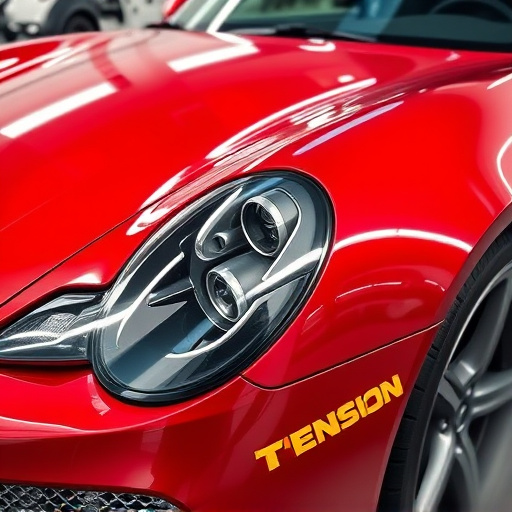
The digital revolution is reshaping collision repair training with VR and online platforms, offering…….
In the ever-evolving automotive industry, collision repair stands as a critical process that not only restores damaged vehicles but also ensures safety and customer satisfaction. At the heart of this intricate procedure lies collision repair certification—a comprehensive system designed to validate the skills, knowledge, and proficiency of technicians. This article aims to delve into the multifaceted world of collision repair certification, exploring its historical evolution, global impact, technological innovations, regulatory framework, and its pivotal role in shaping the future of automotive service industries. By the end, readers will grasp the profound implications and far-reaching benefits that certification brings to both professionals and consumers alike.
Collision repair certification is a structured program that evaluates and accredits individuals or facilities engaged in the intricate task of restoring damaged vehicles to their pre-accident condition. This certification process encompasses a broad spectrum of skills, including advanced metalworking techniques, precision measurement, computer-aided design (CAD) proficiency, safety protocols, and adherence to industry standards.
The core components typically include:
The concept of collision repair certification has evolved significantly over the years in response to changing automotive technology and growing consumer expectations. In the early 20th century, as automobiles became more prevalent, informal training and apprenticeship programs formed the backbone of collision repair education. These early efforts laid the foundation for a skilled workforce but lacked standardized quality control.
The turning point came in the mid-1970s with the rise of computer-aided design and advanced manufacturing processes. Vehicles started incorporating complex electronic systems, precision engineering, and lightweight materials, demanding higher levels of skill and knowledge from collision repair technicians. This era saw the emergence of industry associations and government bodies focused on establishing certification programs to bridge the gap between training and real-world application.
In the late 1980s and 1990s, certification became more standardized and widely recognized. The ASE, for instance, introduced its collision repair certification program, offering a structured path for technicians to demonstrate their expertise. This period also witnessed the integration of computer-based training (CBT) and digital simulation tools, enabling more efficient and consistent skill development.
Collision repair certification has transcended national borders, becoming a global standard that influences automotive service industries worldwide. The international impact is evident in several ways:
Different regions have adopted and adapted collision repair certification in unique ways, reflecting local market dynamics and cultural preferences:
| Region | Certification Approach | Unique Features |
|---|---|---|
| North America | Stricter standards with a focus on ASE certification | Emphasis on continuous education and specialized certifications for advanced technologies |
| Europe | Comprehensive training with recognition across borders | Integration of environmental regulations, reflecting the region’s commitment to sustainability |
| Asia-Pacific | Rapidly growing industry with government-backed programs | Increasing emphasis on digital skills and automation, driven by technological advancements |
| Latin America | Localized certification programs gaining traction | Tailored to regional vehicle types and infrastructure |
Globalization has significantly influenced collision repair certification, leading to:
The collision repair industry is a vital component of the broader automotive sector, generating substantial economic activity. Certification plays a pivotal role in shaping market dynamics:
Collision repair certification has a ripple effect on economic systems:
Technology has revolutionized collision repair certification, making training more efficient, accessible, and effective:
The future holds immense potential for technological advancements in collision repair certification:
Collision repair certification is subject to various policies and regulations that govern training, safety, and industry standards:
Policies and regulations play a critical role in shaping the evolution of collision repair certification:
Despite its numerous benefits, collision repair certification faces several challenges:
To overcome these challenges:
Japan has implemented a comprehensive collision repair certification program that combines rigorous training with on-the-job experience. The program, developed by the Japanese Automobile Federation (JAF), includes:
Germany’s collision repair industry has adopted a master technician certification program that emphasizes continuous learning and specialized skills. Key features include:
The ASE certification program in the United States is a widely recognized standard for collision repair technicians. Its success lies in:
The future of collision repair certification holds promising growth areas:
Several emerging trends will shape the future:
To navigate the future successfully:
Collision repair certification stands as a cornerstone in ensuring the quality, safety, and reliability of vehicle repairs worldwide. This comprehensive article has explored various aspects of certification, from its historical evolution to technological advancements, regulatory frameworks, and global impacts. By addressing challenges and highlighting successful case studies, we have underscored the significance of certification in shaping the future of the automotive service industry.
As the landscape continues to evolve with autonomous vehicles, electric motors, and advanced connectivity, collision repair technicians will require ever-more sophisticated skills and knowledge. Certification programs must adapt to these changes, ensuring that professionals remain equipped to meet the demands of a dynamic automotive sector. Ultimately, collision repair certification is not just about training; it is about safeguarding consumers, fostering industry growth, and maintaining the highest standards in vehicle repairs worldwide.
A: Renewal intervals vary by jurisdiction and program. Typically, certifications require renewal every 2-5 years, depending on local regulations and industry standards.
A: Many certification programs offer pathways for individuals without formal training. On-the-job experience and successful completion of practical exams can lead to certification.
A: Certification programs are designed to meet industry standards and ensure consistent quality across the board. They often include more rigorous training, specialized courses, and assessments compared to standard shop training.
A: While progress has been made, international recognition can still vary. Technicians should research mutual recognition agreements between their home country and the region they plan to work in.
A: Absolutely! Certification demonstrates your expertise and commitment to quality, boosting consumer confidence and potentially attracting more clients for your business.

The digital revolution is reshaping collision repair training with VR and online platforms, offering…….
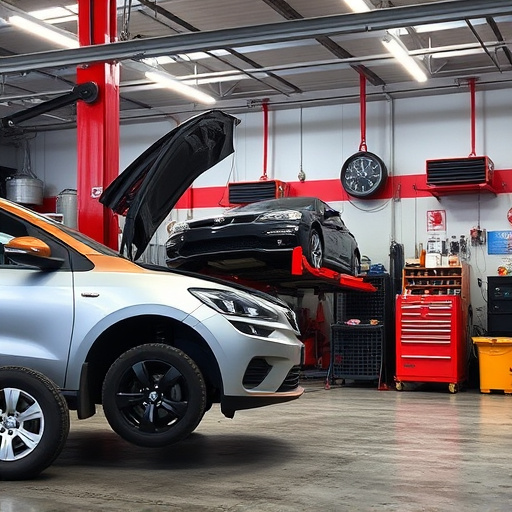
Advanced technologies revolutionize collision repair, demanding certified professionals stay current…….
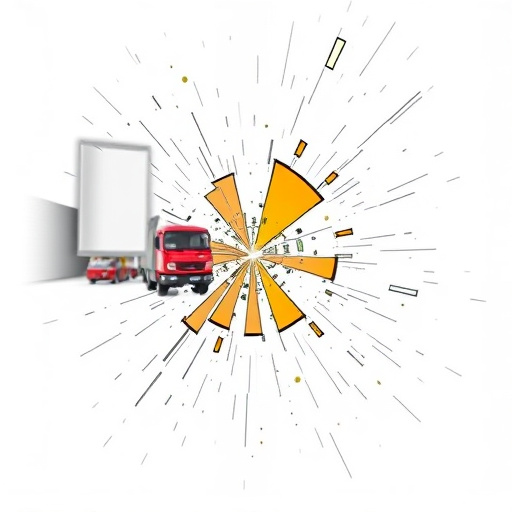
Collision repair certification is a crucial step for car repair shops aiming to provide top-tier ser…….

Collision repair certification is crucial for auto shops engaging in dent repair and car accident re…….
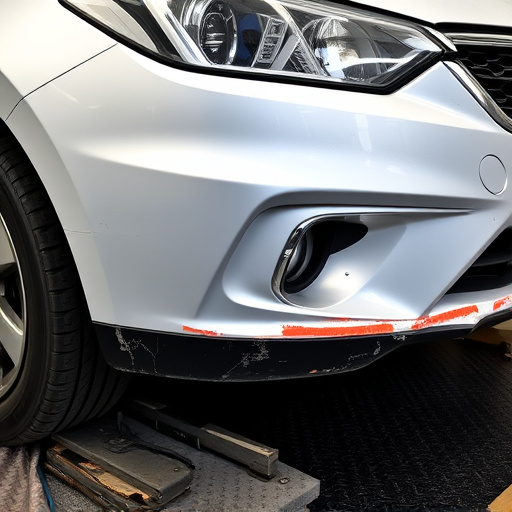
Collision repair certification ensures professionals meet rigorous training standards in materials,…….
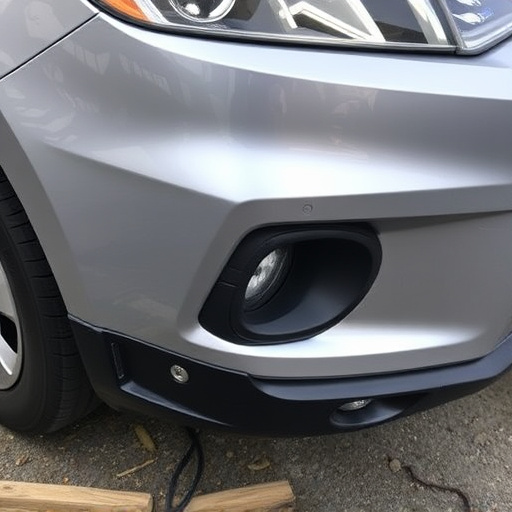
Collision repair certification is crucial as automotive technology advances. Modern cars with electr…….

Collision repair certification leverages Key Performance Metrics (KPMs) to evaluate and improve proc…….
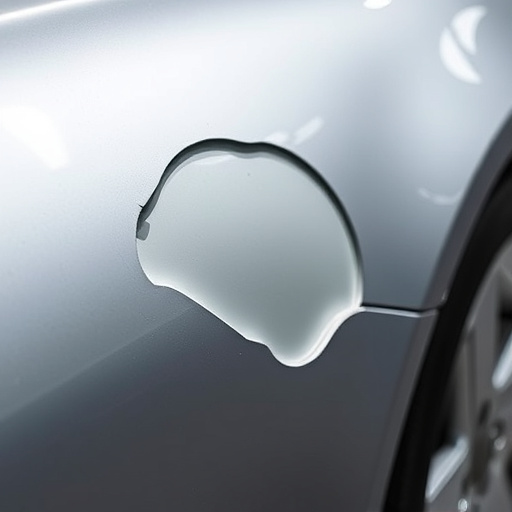
Collision repair certification ensures auto body shops meet strict industry standards for safety and…….

Real-Time Quality Control (RTQC) is crucial for collision repair certification, ensuring vehicles me…….
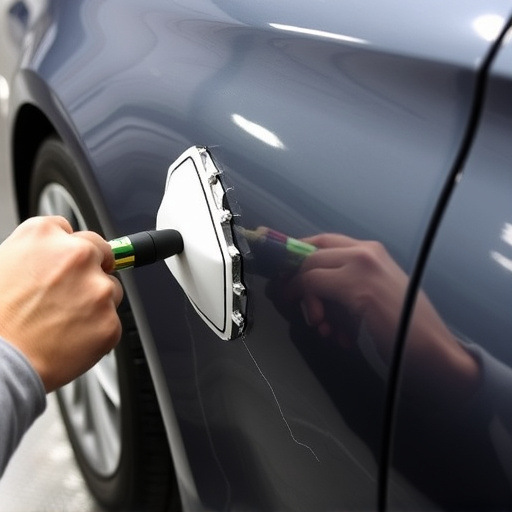
Collision repair certification ensures high-quality, standardized repairs, crucial for maintaining v…….